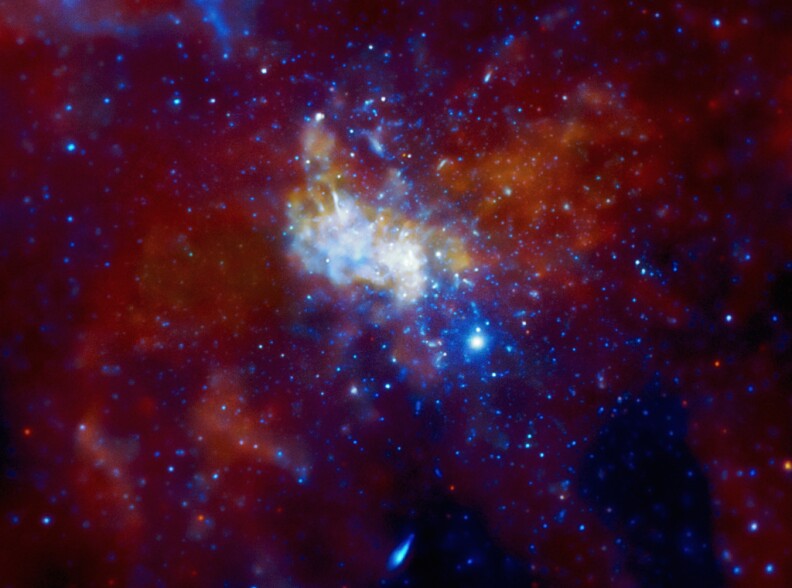On Wednesday, the European Space Agency made a pretty huge announcement: the agency released pictures and data from the satellite associated with its Gaia Mission.
Researchers with the mission described it as the biggest and most precise three-dimensional map of our galaxy.
The data that's been used to put the map together is being distributed among scientists, but they're also counting on others for help ...
Namely YOU.
Earlier I spoke with Emily Lakdawalla, senior editor at the Planetary Society, to get her thought, and she explained what researchers already know about the stars.
Click here if you'd like to get involved in the Gaia space project



